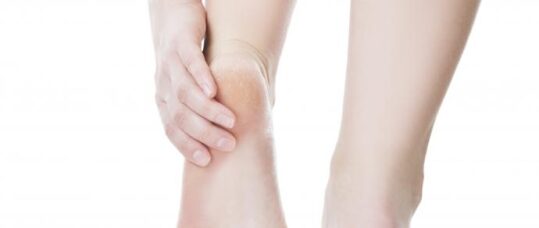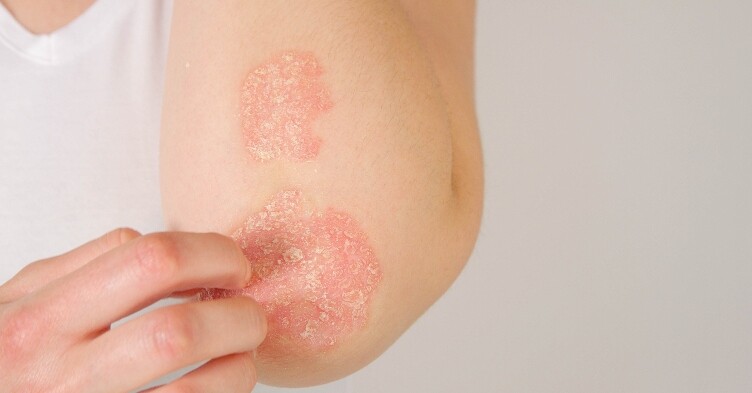Blog: Eliminating avoidable heel pressure ulcers

Last week I spoke at conference in London, entitled ‘Eliminating Avoidable Heel Pressure Ulcers’. Most of the speakers were tissue viability nurses who presented initiatives that they had instigated in their organisations to eliminate heel pressure ulcers. There was consensus among all the speakers that the prevention of heel pressure ulcers is uniquely different when compared to the prevention of other types of pressure ulcers. There are two reasons for why this is the case:
Related Article: Call for regulatory guidelines as NHS adopts AI in dermatology care
Heel physiology –The skin over the heel is uniquely different to skin found over other bony prominences. The epidermis may be thicker over the heels, but the layer of skin over the heel bone is thin, with no muscle present over the heel bone. When pressure is applied to the heel occluding the microcirculation, the skin over the heel does not reperfuse so readily once the pressure is relieved.
Related Article: Abdominal body fat is a higher risk for developing psoriasis
Heel pathology –The effects of skin ageing make the heels particularly susceptible to the formation of tissue damage. Ageing of the skin to the heel causes a reduction in capillaries and the amount of soft tissue padding over the calcaneum. There are also a number of conditions that put patients at high risk of developing heel ulceration. Peripheral arterial disease, claudication of the arteries in patients with diabetes, lower limb oedema and neuropathy are all conditions that place a patient at automatic high risk of developing heel ulceration.
At the conference, heel ulcers were identified as the second most common type of pressure ulcer. Heel ulcers may become the most common type of pressure ulcer. As the incidence of all types of pressure ulcers has fallen over the years, heel ulcers remain difficult to eliminate due to the unique anatomy and pathology of the heel. The conference identified that because the heel is unique, specific strategies and techniques are needed that primarily focus on the elimination of heel pressure ulcers. All of the speakers at the conference presented strategies they had implemented in their organisations to eliminate heel pressure ulcers. All had different approaches to tackle heel ulcer incidence. One speaker talked about the use of silicone heel pads for the prevention of heel ulcers. While another talked about the use of a doll called ‘Sally Sore’ which was used as a teaching aide to demonstrate to nurses how to off-load heels in patients.
Related Article: CPD: Case by case – acute and emergency dermatology presentations
Overall, there are many different strategies. The heel is a unique anatomical structure and is prone to specific pathological problems. There is still a lot of work and research to be carried out into why the heel is particularly vulnerable to skin damage.

See how our symptom tool can help you make better sense of patient presentations
Click here to search a symptom


The incidence of all types of pressure ulcers has fallen over the years, heel ulcers remain difficult to eliminate due to the unique anatomy and pathology of the heel.



